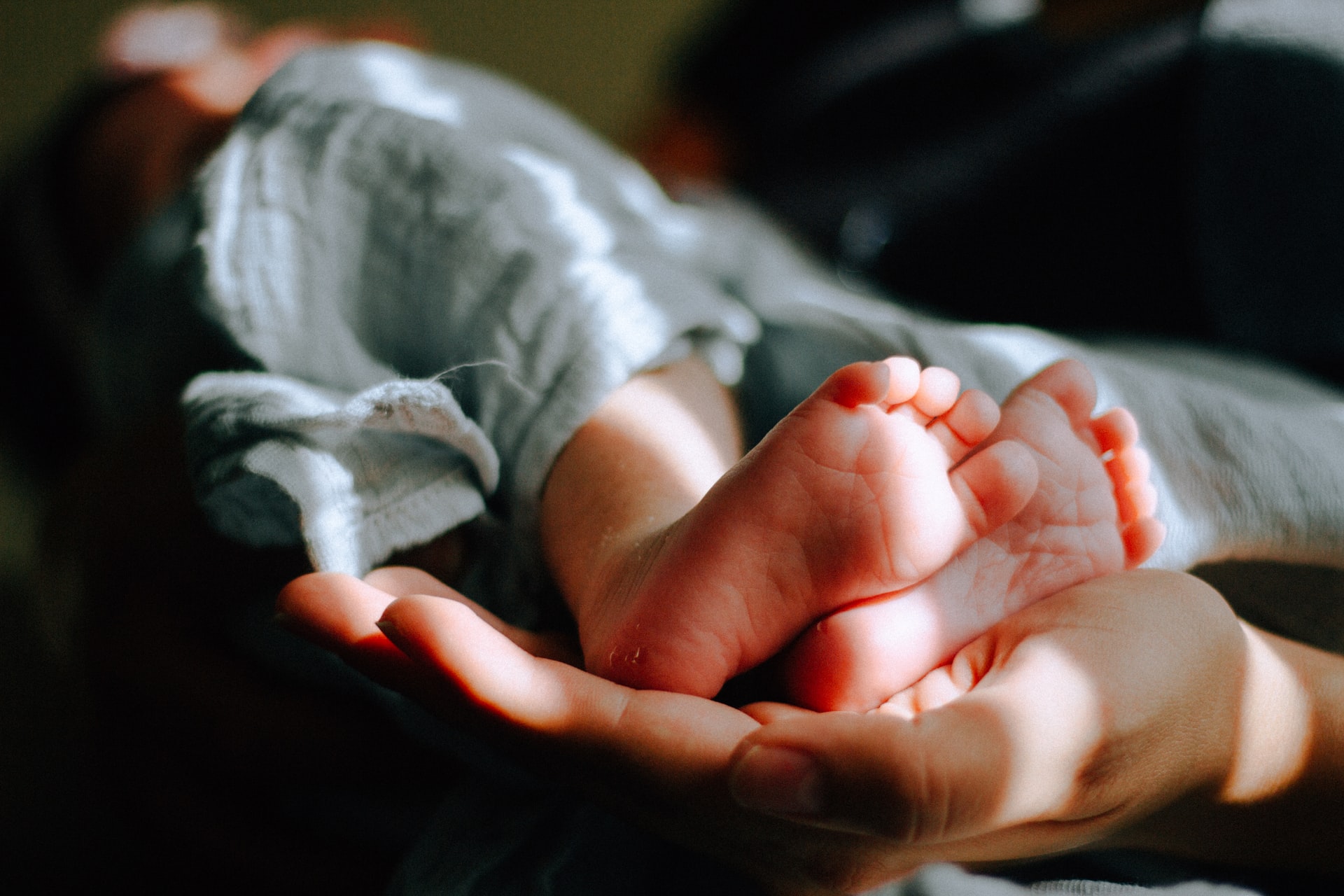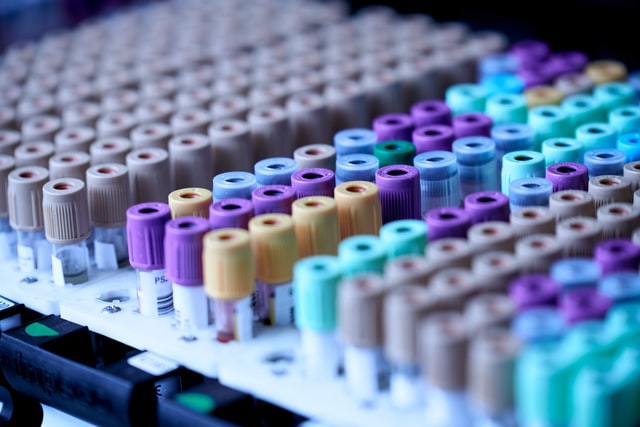
Chromosome translocations

What is a translocation?
In a chromosome translocation there is a change in the location of the chromosomal material. This can happen because:
- An error has occurred during the formation of the egg or sperm, or during the period of conception.
- A chromosome with a translocation has been inherited from the father or the mother.
There are two main types of translocations: reciprocal translocations and Robertsonian translocations.

1. Reciprocal translocations
A reciprocal translocation occurs when there is an exchange of fragments between two different chromosomes.

2. Robertsonian translocations
A Robertsonian translocation occurs when a chromosome becomes attached to another.

Why do translocations occur?
About 1 person in 500 has a chromosome translocation. Yet, why these occur is still not fully understood. Chromosomes are known to break and rejoin quite frequently during the formation of eggs and sperm or during the time of conception, and this can lead to several health problems. These changes cannot be controlled.
When can translocations cause health problems?
In the two examples we have previously shown, chromosomal material is rearranged and there has been no gain or loss. This is what we call a balanced translocation.
Usually, a person with a balanced translocation has no health or developmental problems and is even unaware that they have it. But this can become a problem if he or she decides to have a child. This is because the baby may inherit what is called an unbalanced translocation.
If either parent carries a balanced translocation, it is possible that their children could inherit an unbalanced translocation in which there is an extra piece of one chromosome and/or a missing piece of another chromosome, that is, there is gain or loss of material.
Frequently, a child can be born with a translocation even though the parental chromosomes are normal. This is called a de novo (Latin) translocation or relocation, and it is unlikely that the parents will ever have another child with such translocation.
A child who has an unbalanced translocation may have learning difficulties, developmental delays and health problems. The symptoms and the degree of disability that they may present depends on which parts and which chromosomes are involved and how much loss of chromosomal material there is. This is because some parts of the chromosomes are more important than others.

If a parent has a balanced translocation, will he or she always pass it on to their offspring?
Not necessarily. There are several possible scenarios:
- The child may inherit normal chromosomes.
- The child may inherit the same balanced translocation from the father. In most of these cases, the child will not experience health problems.
- The child may inherit an unbalanced translocation and may be born with some degree of developmental delay, learning difficulties or health problems.
- The mother may suffer a miscarriage.
Therefore, it is quite common for a person with a balanced chromosome translocation to have healthy babies. However, the risk that this people have of having a child with some degree of disability is above average. The degree of disability will depend on the type of translocation.
Tests to detect chromosome translocations
The genetic test used to find out if a person is a carrier of a translocation is based on a simple blood test. Blood cells are analysed in the laboratory and scientists check for the structure and number of chromosomes. This test is called a karyotype analysis. It is also possible to run a test during pregnancy to find out if the baby has a chromosome translocation. This is called prenatal diagnosis.

To wrap up
- People who are carriers of a balanced translocation are usually healthy. However, these people may have problems if they try to have children.
- A translocation cannot be fixed. It is present throughout life.
- A translocation cannot be spread to another person. Thus, there are no risks if a carrier of a translocation wants to be a blood donor.
Suggested reading for more information: Genetic counseling allows families and patients to make better decisions about the disease. Source: Guía Metabolica Sant Joan de Déu.
